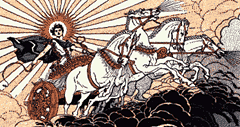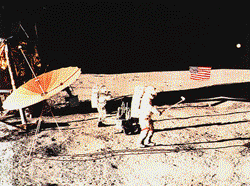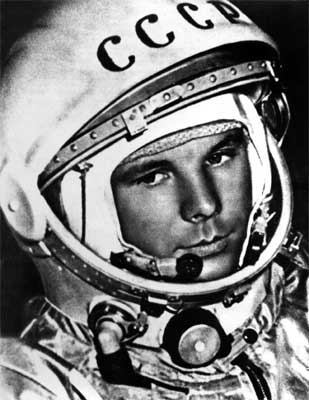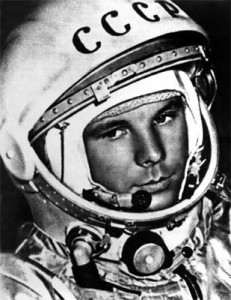February 9

February 9th is Showtime for Apollo, the sun god of the ancient Greeks, whose chariot rode across the heavens each day.
February 9 wasn’t the only feast for Apollo. The Spartans celebrated Apollo in August (Carneia). The Athenians celebrated his birthday in May (Thargelia) and held a harvest festival in his honor in October (Pyanepsia).
But according to Roman records, at some point the Festival of Apollo was celebrated on the Vth (5th) day before the Ides (13th) of February.
Unlike the Ides of March, the Ides of shorter months were observed on what we consider the 13th of the month, not the 15h.
Yes, the 9th is actually four days before the 13th, not five, but the Romans always included the dates they were counting from and to. In other words, by Roman calculations Wednesday would be three days before Friday, and the 9th would five days before the 13th. (Don’t think about it, just thank the Arabs.)
+ + +
In the Christian Era, February 9 became the Feast Day of St. Apollonia and the Martyrs of Alexandria. No they weren’t ancient Egypt’s pop fusion sensation, but a group of early Christians who were killed in 249 AD by angry pagan mobs. Among the Christians was Apollonia, whose teeth were beaten out. Then, when she was ordered to renounce Christ or be burned alive, she leapt into the fire to meet her death.
+ + +
In more recent times, a third Apollo milestone occurred on February 9:
Sixty-eight years after the Wright Brothers’ historic flight at Kitty Hawk, another charioteer of the heavens, Apollo 14, splashed into the Pacific Ocean on February 9, 1971, having completed a successful mission on the moon.
Though not the first trip to the moon, Apollo 14 was a much needed success after the disastrous Apollo 13 mission, in which man’s cutting-edge technology crashed down to Earth in Icarian defeat.
More important, Apollo 14 was the first time in history that anyone played golf on a planet other than Earth. (Okay, technically, a satellite, but still…)
Alan Shepard attached a six-iron head to a metal collection device, with which he hit two golf balls on the surface of the moon. Shepard was admittedly no Tiger Woods…
Actual transcript:
Shepard: Got more dirt than ball. Here we go again.
Mission Control: That looked like a slice to me, Al.
No, I’m not making that up. Fortunately, Shepard’s third swing went “miles and miles and miles” by his own calculation. Shepard’s estimate was later reduced to only a few hundred yards.
Either way, the drive was indisputably out of this world…





